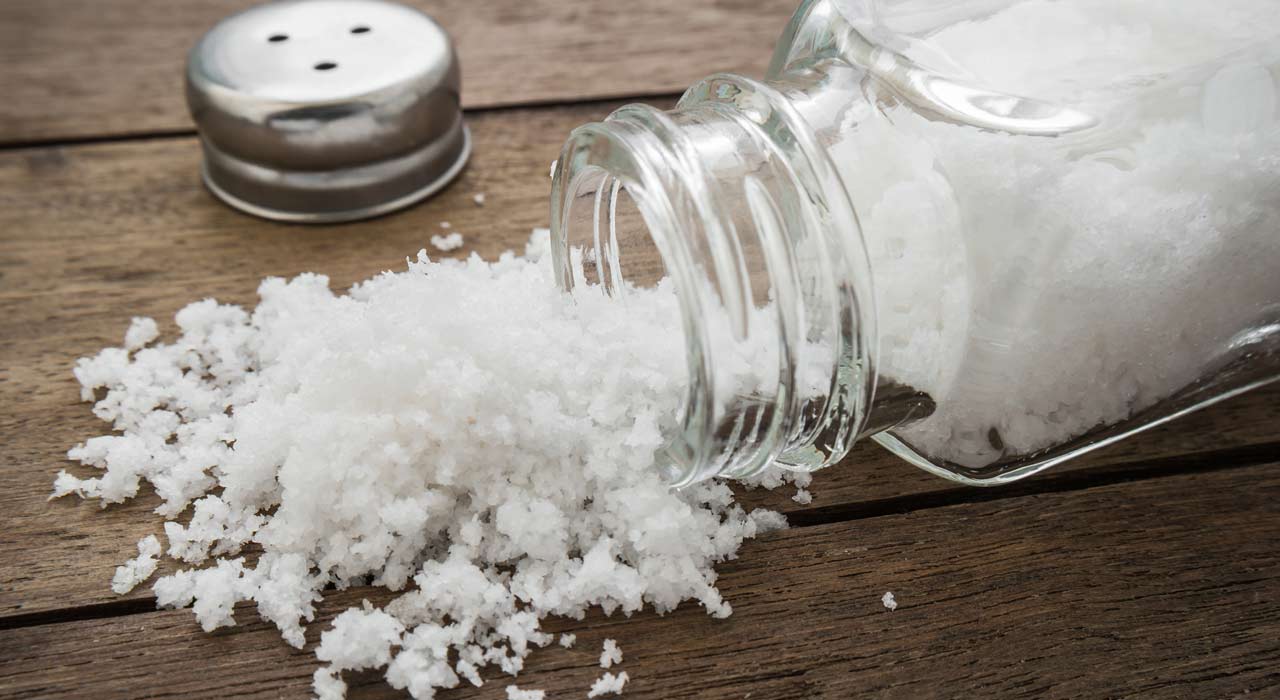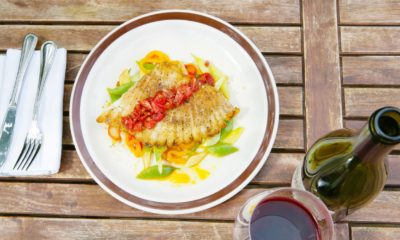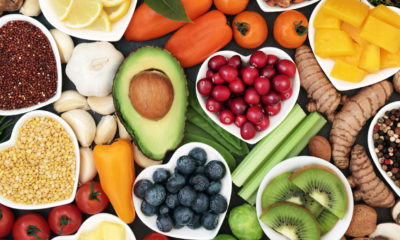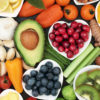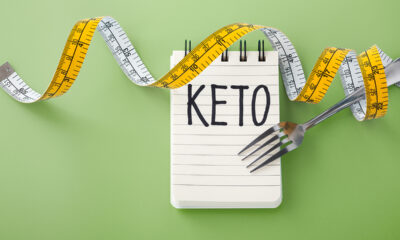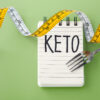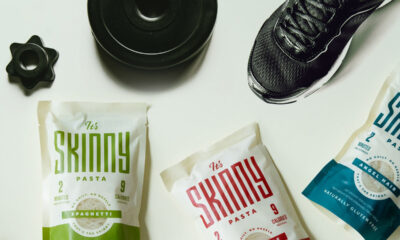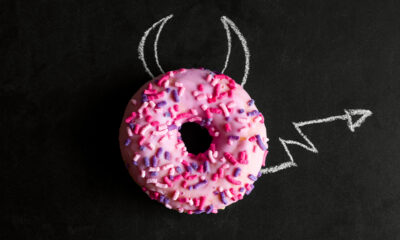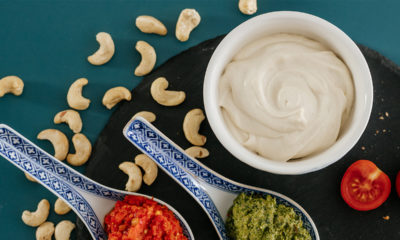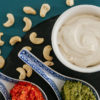Nutrition
What You Should Know About Sodium And Heart Disease
In the complex and often confusing world of nutrition science, it’s important to keep up-to-date to know which foods we should be eating frequently and the ones we should be eating in moderation.
Sodium, in particular, is a hot topic in the nutrition and fitness industry, with studies going back and forth over its impact on heart health. To take the pressure off, we look into sodium and heart disease so you can rest easy knowing you have all the facts.
What is sodium?
Many people confuse the words salt and sodium, and they are often used interchangeably – however, they are a bit different. Salt contains about 40% sodium and 60% chloride, and you get the majority of sodium intake through salt alone. Even though you do need a small amount of sodium in your diet for good health, Americans take in much more than is needed.
– RELATED: How Important Is Reducing Your Sugar Intake? –
What is the daily recommended sodium?
Humans need sodium to survive. However, there is an upper limit you shouldn’t exceed. Eating over your recommended daily allowance could lead to excessive water retention, or in worst case scenarios, high blood pressure and heart problems. The 2015-2020 dietary guidelines for daily sodium intake sets the upper limit at 2,300mg.
Americans aged 2 years and older consume more than 3,400mg per day. If you’re relatively healthy, set yourself up for success by aiming for 1,800mg-2,300mg of sodium each day. If you’re at greater risk of heart disease, drop the figure to 1,500mg.
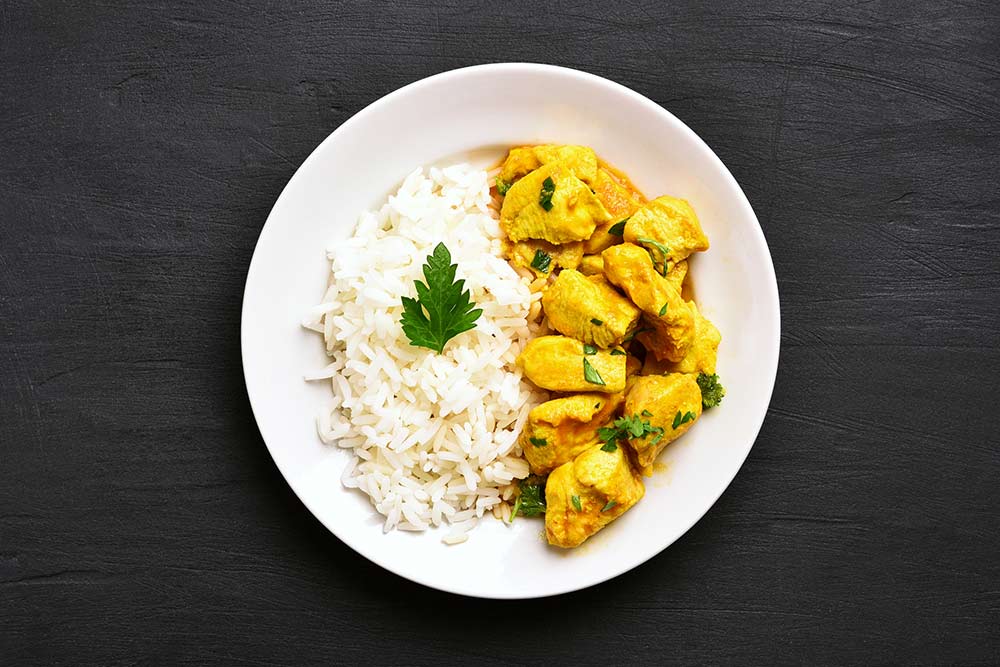
How much sodium is in the average American diet?
More than 70% of the sodium you consume comes from processed and restaurant foods. Grains, baked goods and meats add up to the majority of sodium taken in by Americans. While many brands are making a point of producing lower sodium foods, there is no getting away from the higher quantities in processed foods.
Cooking whole foods on your own allows you to control the amount of sodium you take in. However, when you eat out, controlling your sodium intake is completely negated. Restaurant foods are shipped in with sodium already added to preserve the items through transportation.
While prepping the food for customers, chefs generally add more salt for flavor. It’s very easy to exceed daily sodium intake in one sitting when eating at a restaurant. Dining out should be done so in moderation in order to keep daily sodium levels low.
– RELATED: 5 Tips For Dining Out And Staying Trim –
Preventing heart disease
Practice moderation with processed foods and dining out. Taking an 80/20 approach can be helpful in reducing daily sodium intake. This simply means 80% of your food choices should come from whole food sources. The other 20% can come from processed or minimally processed foods.
Implement more potassium in your diet. Eating higher potassium foods helps control high blood pressure. Potassium hinders the effects of sodium. The higher the amount of potassium we consume, the more sodium we excrete through urine. Potassium also helps relax blood vessel walls which allows blood pressure to lower.
Foods high in potassium include:
- Avocados
- Potatoes
- Bananas
- Spinach
- Mushrooms
- Lima beans
- Peas
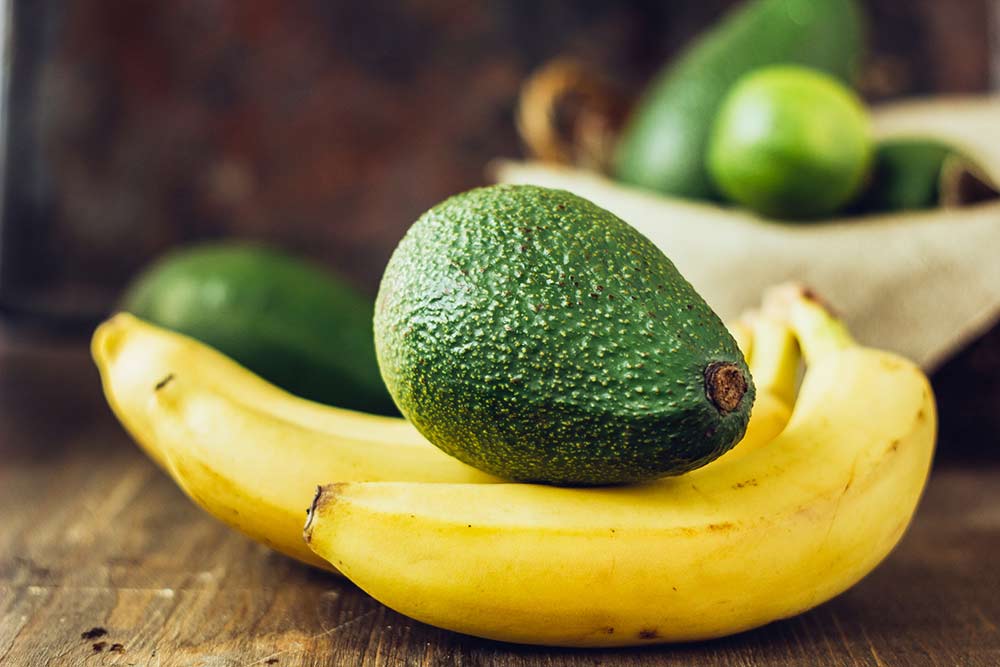
How does a high sodium diet impact weight loss and physique goals?
Not only does a high sodium diet negatively impact your overall health, but for those of you working hard to lose weight and inches, consuming a vast quantity can pose greater problems.
Excess sodium causes fluid retention, resulting in temporary weight gain. Even though this temporary weight gain doesn’t reflect any body fat gained, the number on the scale will more than likely increase as a result of this increase in sodium. You can expect about a 2-3lb increase in weight 1-2 days after consuming excess sodium. Your weight will typically re-establish itself once sodium levels have returned back to normal.
You might feel softer or “puffy” as a result of excess sodium. This is because sodium attracts water and causes an increase in blood volume. Excess sodium can also cause swelling in the hands and face and cause some pain in the joints. One way to help minimize these effects while eating an excess of sodium is to drink more water.
Drinking more water after consuming excess sodium may help flush some of the sodium from your body which can reduce bloat caused by the increase. However, water alone is not the solution long term and there have been some cases where water can actually exacerbate the situation.
– RELATED: 6 Ways To Prevent Bloating –
Preventing vs treating
Regardless of your goals, reducing overall sodium intake is important for optimal health and preventing heart disease. Get checked out by your doctor for high blood pressure or signs of heart disease.
If you’re in the clear, take preventative action and begin implementing or maintaining a lower sodium diet. On the other hand, if preventative measures are ignored, heart disease may become a reality. Your doctor can suggest ways of tackling heart disease, but to keep the doc away, be proactive.
Taking a preventive measure by controlling sodium intake can not only fight against heart disease, it will also aid in maintaining a healthy heart.
*If you frequently have chest pain – this may spread to your arm or neck – or shortness of breath, please visit your doctor as soon as possible.
For more nutritional information, sign up for the TRAIN for HER newsletter.


